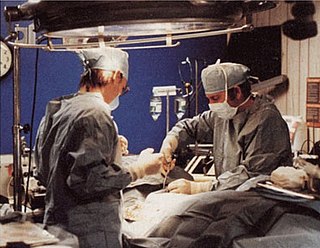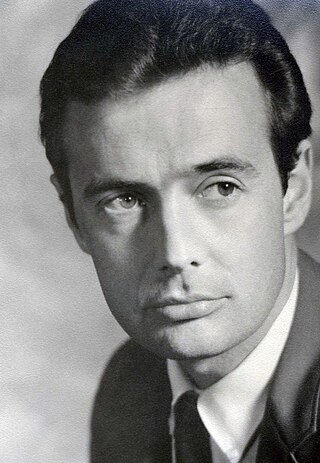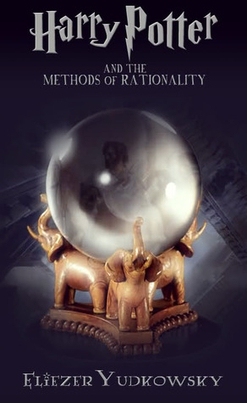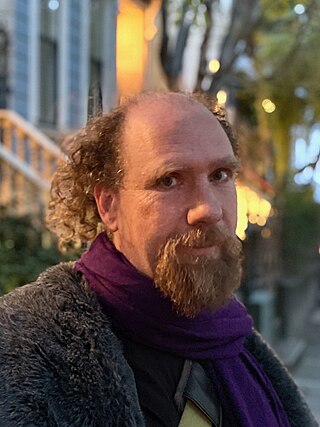List of people who plan to be or have been cryopreserved after legal death.
List of people who plan to be or have been cryopreserved after legal death.

Cryonics is the low-temperature freezing and storage of human remains, with the speculative hope that resurrection may be possible in the future. Cryonics is regarded with skepticism within the mainstream scientific community. It is generally viewed as a pseudoscience, and its practice has been characterized as quackery.
Robert A. Freitas Jr. is an American nanotechnologist.

Ralph C. Merkle is an American computer scientist and mathematician. He is one of the inventors of public-key cryptography, the inventor of cryptographic hashing, and more recently a researcher and speaker on cryonics.
The technological singularity—or simply the singularity—is a hypothetical future point in time at which technological growth becomes uncontrollable and irreversible, resulting in unforeseeable consequences for human civilization. According to the most popular version of the singularity hypothesis, I. J. Good's intelligence explosion model, an upgradable intelligent agent will eventually enter a "runaway reaction" of self-improvement cycles, each new and more intelligent generation appearing more and more rapidly, causing an "explosion" in intelligence and resulting in a powerful superintelligence that qualitatively far surpasses all human intelligence.

Eliezer S. Yudkowsky is an American artificial intelligence researcher and writer on decision theory and ethics, best known for popularizing ideas related to friendly artificial intelligence, including the idea that there might not be a "fire alarm" for AI. He is the founder of and a research fellow at the Machine Intelligence Research Institute (MIRI), a private research nonprofit based in Berkeley, California. His work on the prospect of a runaway intelligence explosion influenced philosopher Nick Bostrom's 2014 book Superintelligence: Paths, Dangers, Strategies.
The Alcor Life Extension Foundation, most often referred to as Alcor, is an American nonprofit, federally tax-exempt, 501(c)(3) organization based in Scottsdale, Arizona, United States. Alcor advocates for, researches, and performs cryonics, the freezing of human corpses and brains in liquid nitrogen after legal death, with hopes of resurrecting and restoring them to full health in the event some new technology can be developed in the future. Cryonics is regarded with skepticism within the scientific community and has been characterized as quackery and pseudoscience.
The Machine Intelligence Research Institute (MIRI), formerly the Singularity Institute for Artificial Intelligence (SIAI), is a non-profit research institute focused since 2005 on identifying and managing potential existential risks from artificial general intelligence. MIRI's work has focused on a friendly AI approach to system design and on predicting the rate of technology development.
James Hiram Bedford was an American psychology professor at the University of California who wrote several books on occupational counseling. He is the first person whose body was cryopreserved after legal death, and remains preserved at the Alcor Life Extension Foundation.
The American Cryonics Society (ACS), also known as the Cryonics Society of America, is a member-run, California-based, 501(c)(3) tax-exempt nonprofit organization that supports and promotes research and education into cryonics and cryobiology. Cryonics is the low-temperature freezing and storage of a human corpse or severed head, with the speculative hope that resurrection may be possible in the future.
Michael G. Darwin, formerly known as Michael Federowicz, is the former president of the cryonics organization Alcor Life Extension Foundation. He was president from 1983 to 1988, and Research Director until 1992. He was also the founder and president of BioPreservation, Inc., and a cofounder, member of the Board of Directors, and Director of Research of Twenty-First Century Medicine from 1993 to 1999.
Curtis Henderson was a pioneer in the practice of cryonics.
Saul Kent was a life extension activist, and co-founder of the Life Extension Foundation, a dietary supplement vendor and promoter of anti-aging research. He was also a pioneer in the practice of cryonics, and was a board member of the cryonics organization Alcor Life Extension Foundation.
Frederick Rockwell Chamberlain III and Linda Chamberlain founded the cryonics organization Alcor Life Extension Foundation. Their long and continued history of activism in cryonics make them among the most well-known cryonics pioneers. David Pascal wrote in the November/December 2005 issue of the Mensa Bulletin that, second to the man credited with the original idea for cryonics, Robert Ettinger, the Chamberlains have contributed more than anyone to the field of cryonics.

Martine Aliana Rothblatt is an American lawyer, author, entrepreneur, and transgender rights advocate. Rothblatt graduated from University of California, Los Angeles with J.D. and M.B.A. degrees in 1981, then began to work in Washington, D.C., first in the field of communications satellite law, and eventually in life sciences projects like the Human Genome Project. She is also influential in the field of aviation, particularly electric aviation, as well as with sustainable building.
The Terasem Movement is a group of three organizations based in the United States. The name was inspired by Earthseed, a fictional religion from the works of Octavia Butler. The movement was founded by Martine Rothblatt and Bina Aspen Rothblatt, and is guided by principles called the "Truths of Terasem".

Dick Clair was an American television producer, actor and television and film writer, best known for the television sitcoms It's a Living, The Facts of Life, and Mama's Family.
The Singularity Summit was the annual conference of the Machine Intelligence Research Institute. It was started in 2006 at Stanford University by Ray Kurzweil, Eliezer Yudkowsky, and Peter Thiel, and the subsequent summits in 2007, 2008, 2009, 2010, 2011, and 2012 have been held in San Francisco, San Jose, New York City, San Francisco, New York City, and San Francisco respectively. Some speakers have included Sebastian Thrun, Rodney Brooks, Barney Pell, Marshall Brain, Justin Rattner, Peter Diamandis, Stephen Wolfram, Gregory Benford, Robin Hanson, Anders Sandberg, Juergen Schmidhuber, Aubrey de Grey, Max Tegmark, and Michael Shermer.

Harry Potter and the Methods of Rationality (HPMOR) is a Harry Potter fan fiction by Eliezer Yudkowsky published on FanFiction.Net as a serial from February 28, 2010, to March 14, 2015, totaling 122 chapters and over 660,000 words. It adapts the story of Harry Potter to explain complex concepts in cognitive science, philosophy, and the scientific method. Yudkowsky's reimagining supposes that Harry's aunt Petunia Evans married an Oxford professor and homeschooled Harry in science and rational thinking, allowing Harry to enter the magical world with ideals from the Age of Enlightenment and an experimental spirit. The fan fiction spans one year, covering Harry's first year in Hogwarts. HPMOR has inspired other works of fan fiction, art, and poetry.

Peter Daniel Eckersley was an Australian computer scientist, computer security researcher and activist. From 2006 to 2018, he worked at the Electronic Frontier Foundation, including as chief computer scientist and head of AI policy. In 2018, he left the EFF to become director of research at the Partnership on AI, a position he held until 2020. In 2021, he co-founded the AI Objectives Institute.
Robert Ettinger deanimated today at around 4 p.m. Eastern Time.